In this whimsical series of illustrations, the purpose is to achieve a greater understanding of different cultures, through a fascination of language. Idioms are expressions that exist within every language, but might not translate well. They provide characteristics from the country they originate from, and the familiarity of these expressions in their culture makes using them seem like a natural thing. Still, the fact that idioms are highly language specific makes them seem especially strange to foreigners when translated directly. Some languages also have idioms that sound different but have the same meaning. For example, an Italian may say “into the mouth of a wolf” where an Englishman would say “break a leg”. This illustrative examination takes a playful approach to looking at the personal relationship between language and culture.
Poland
Nie mój cyrk, nie moje malpy.
Not my circus, not my monkeys.



Norway
Få blod på tann.
To get blood on the tooth.
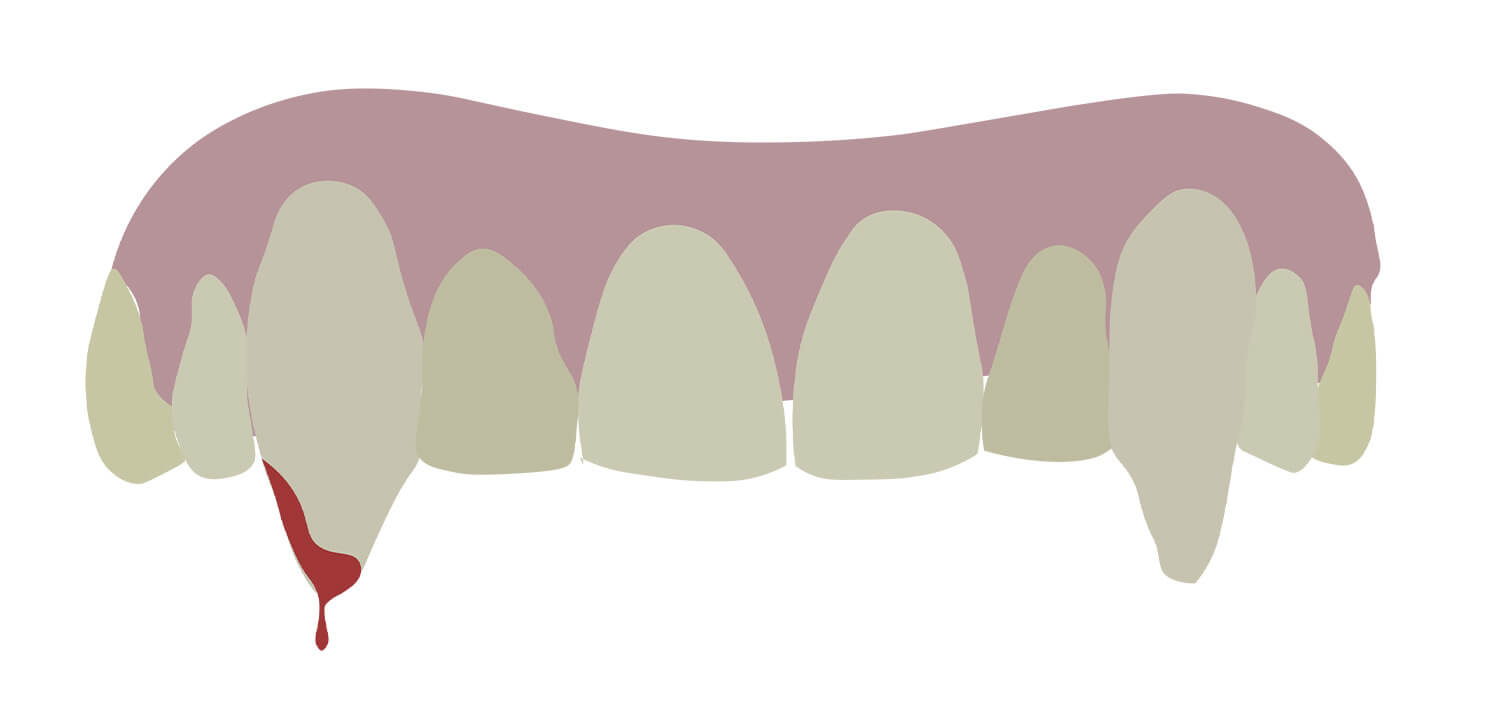
England
A storm in a teacup.
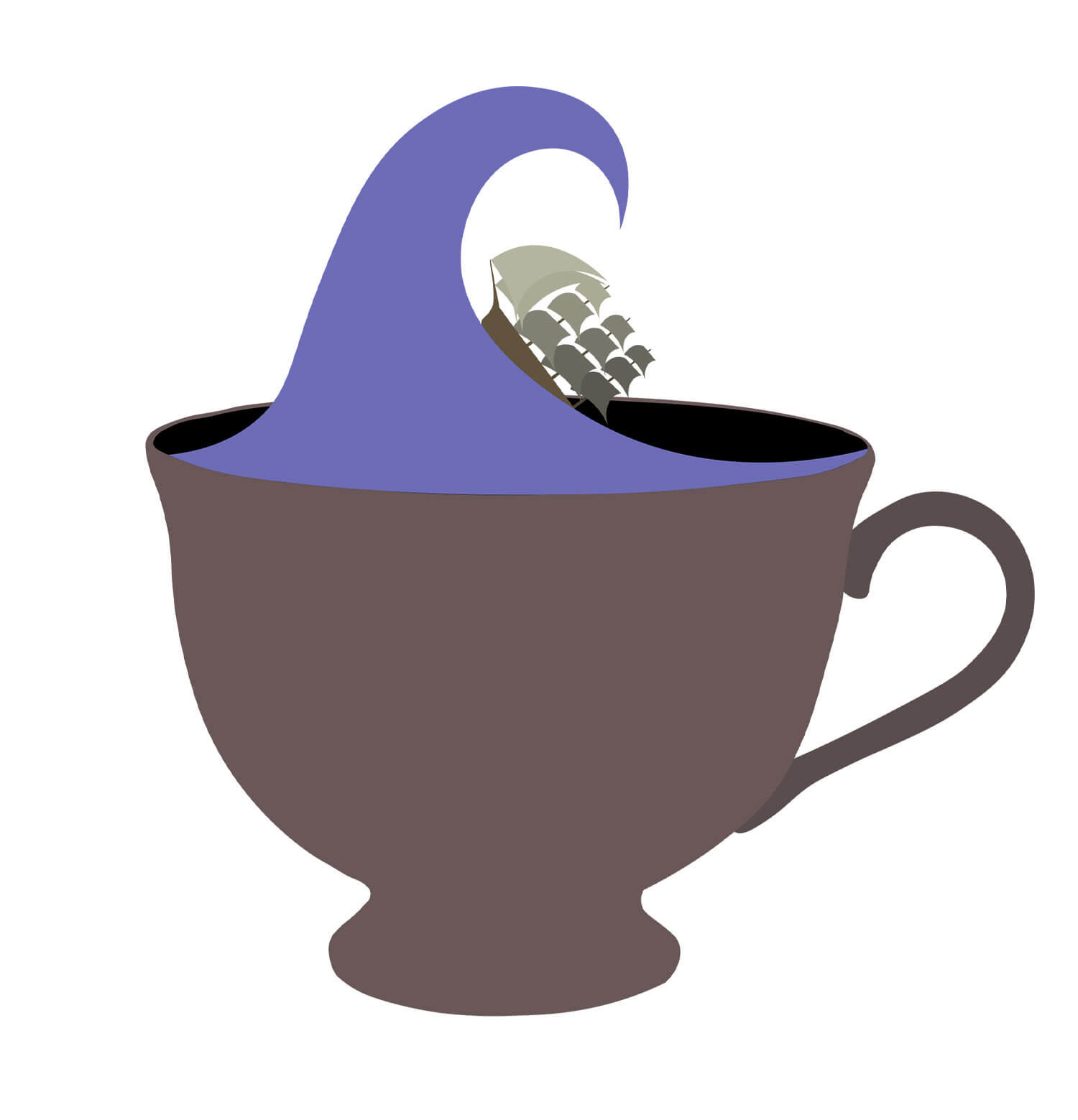
Portugal
Pagar o pato.
Pay the duck.
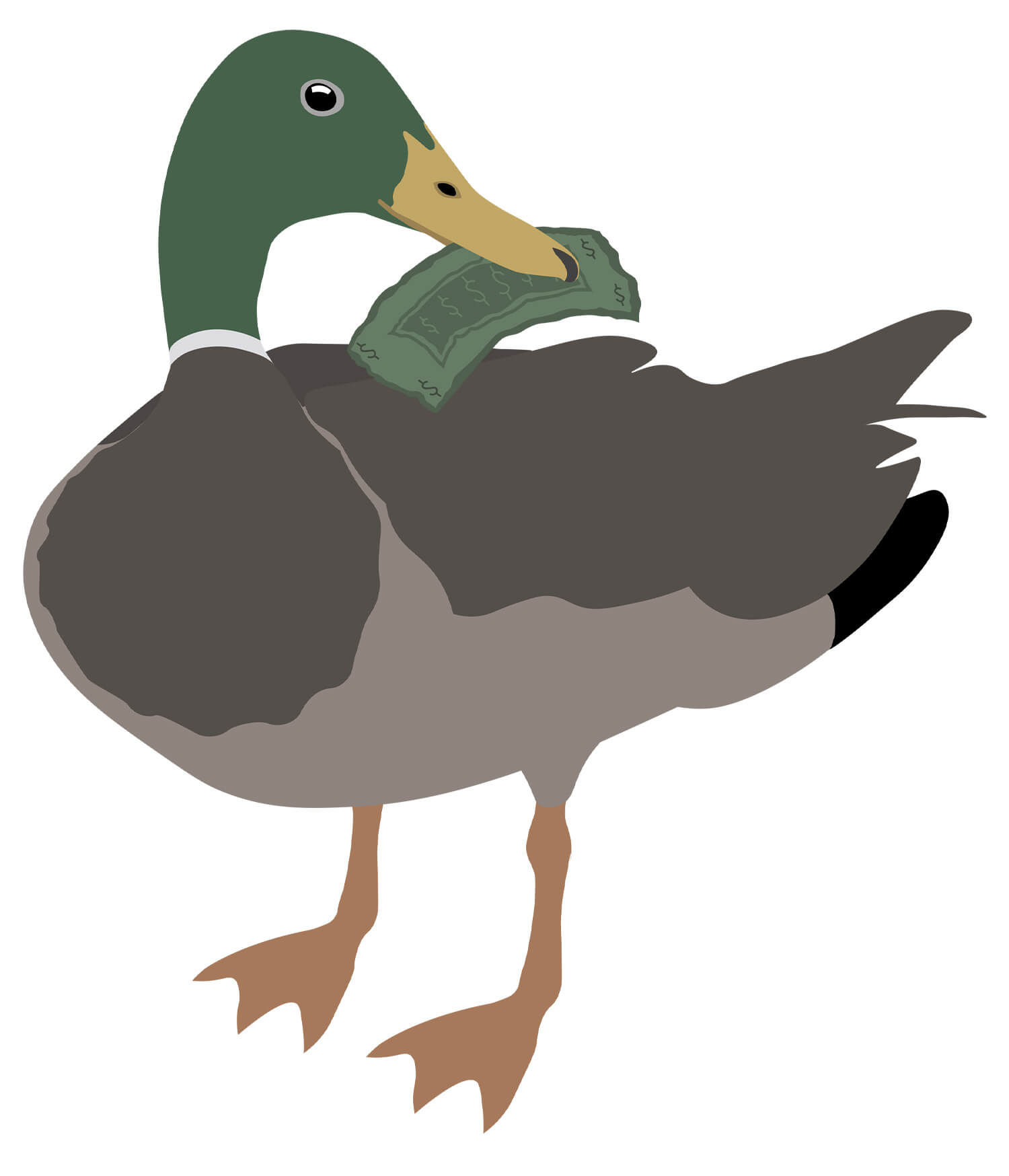
Russia
Veshat' lapshu na ushi.
To hang noodles on the ears.
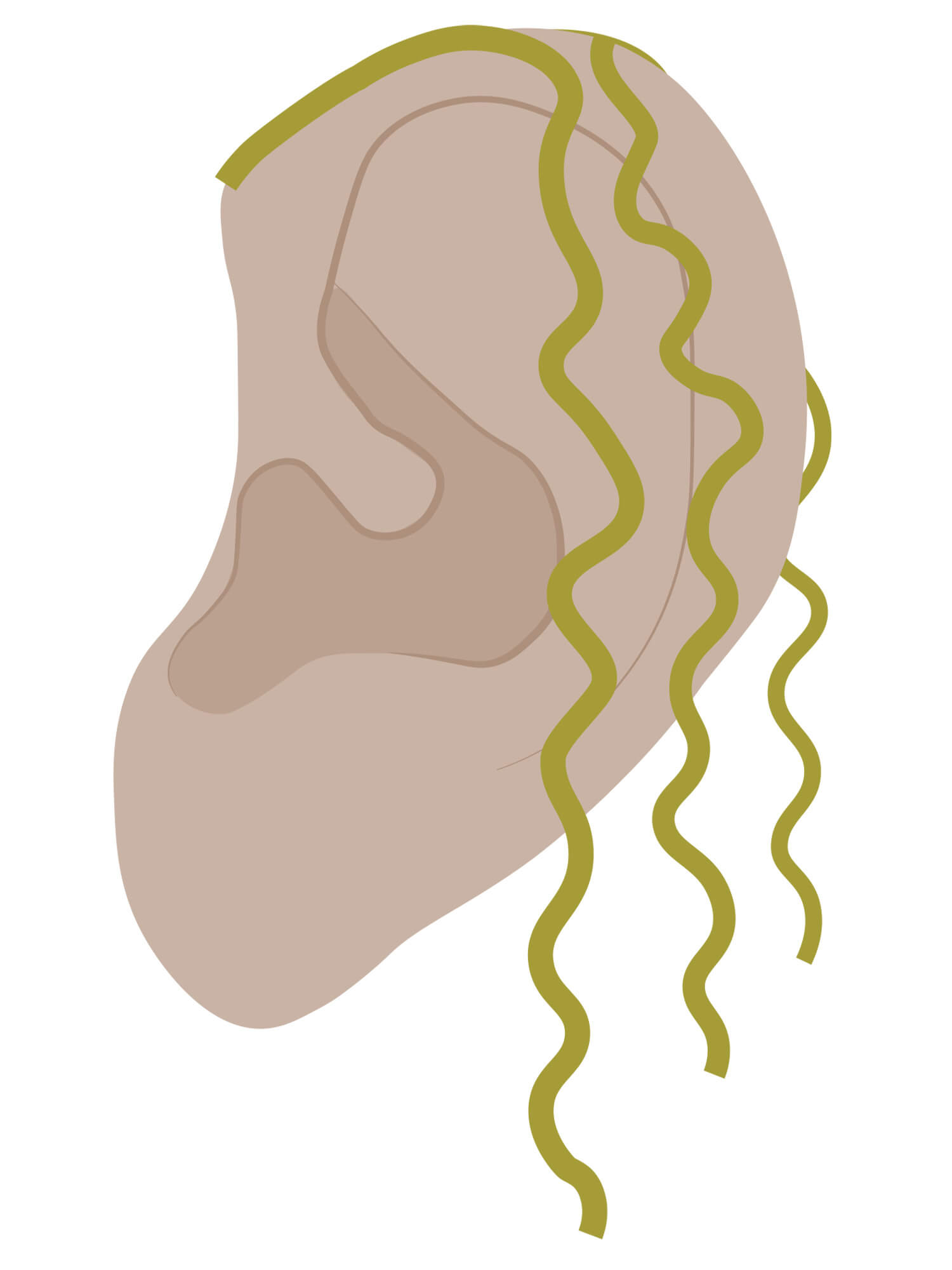
France
Qui court deux lievres ala fois, n’en prend aucun.
Those who runs after two hares at the same time, catches none.
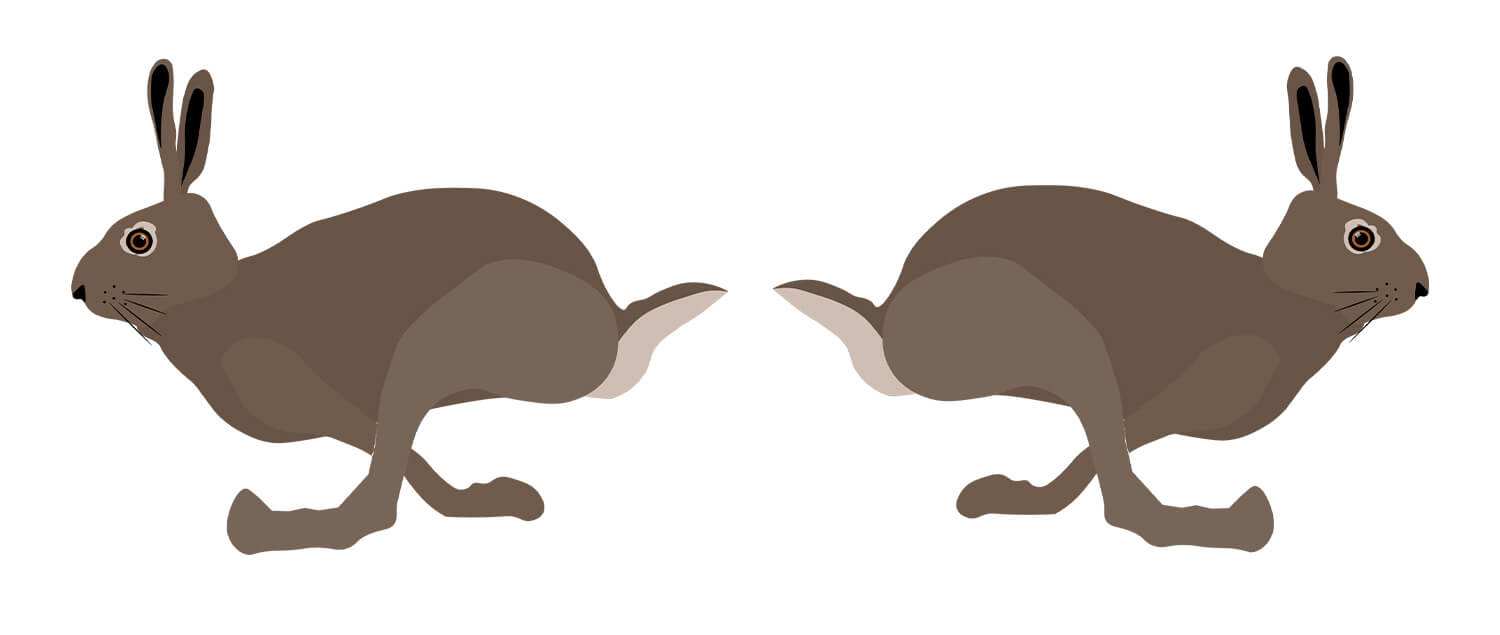
Japan
Minu ga hana.
Not seeing is a flower.
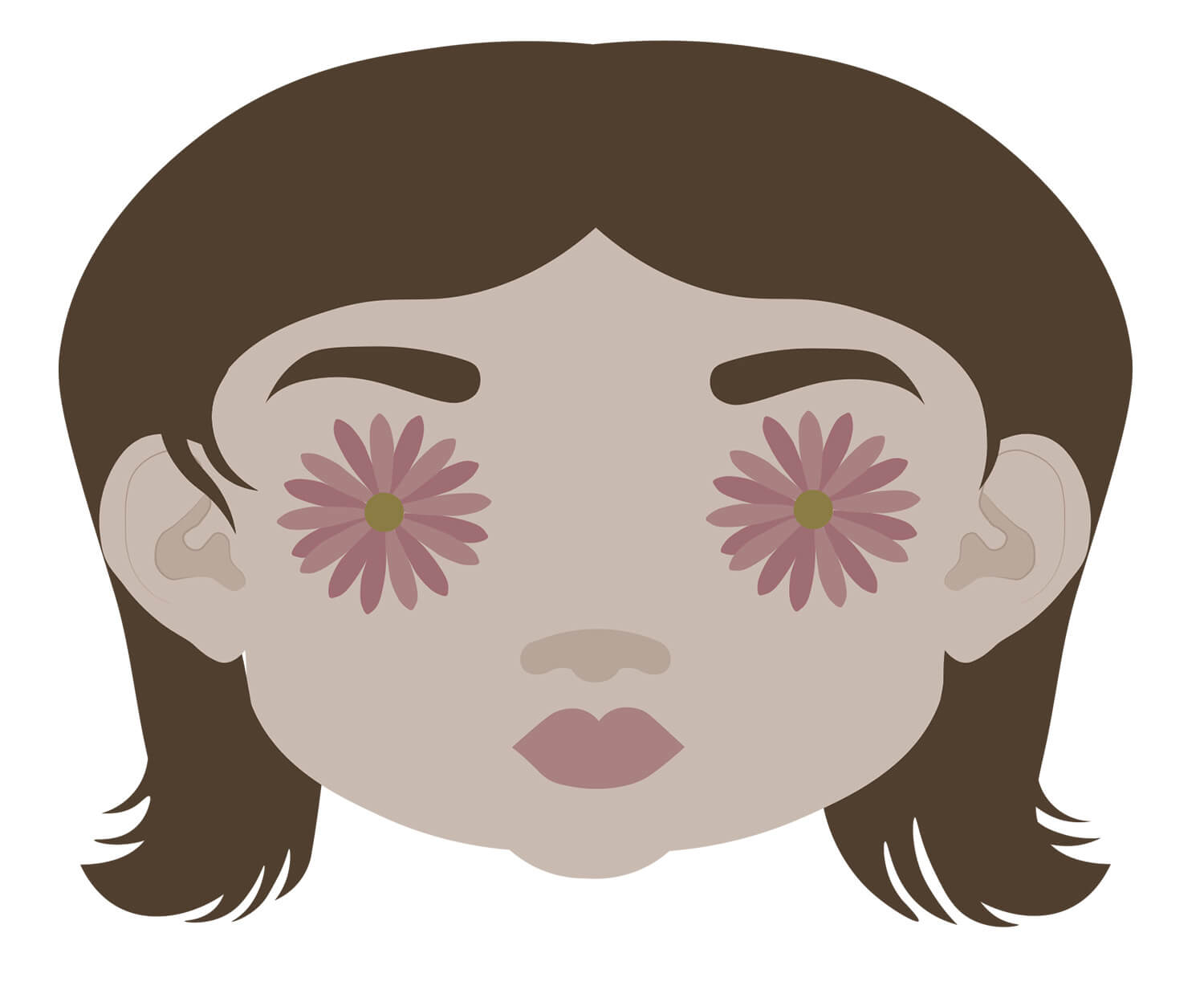
Finland
Päästää sammakko suusta.
To let a frog out of your mouth.
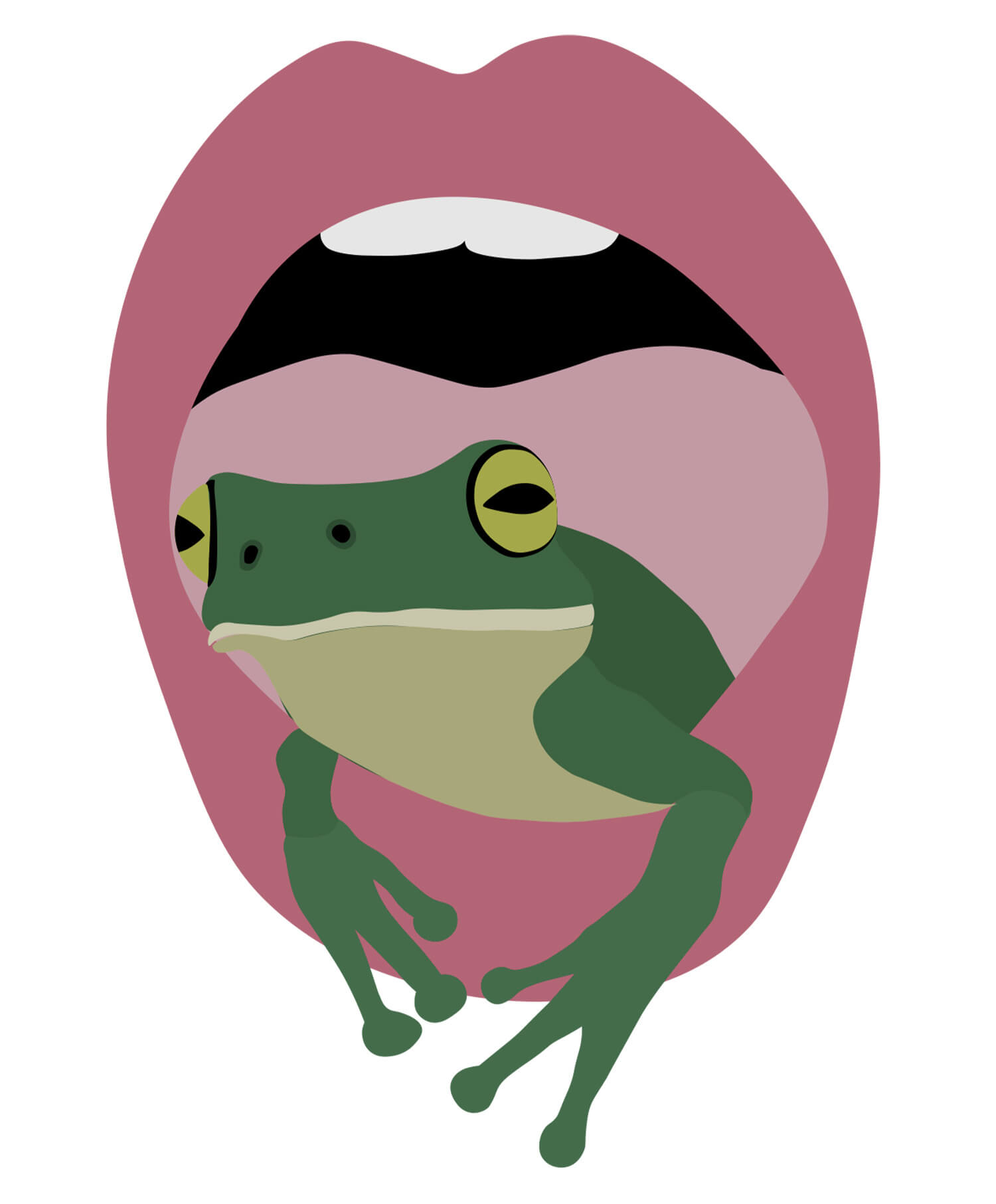
Germany
Leben wie die Made im Speck.
To live like a maggot in bacon.

Spain
Dar calabazas a alguien.
To give someone pumpkins.
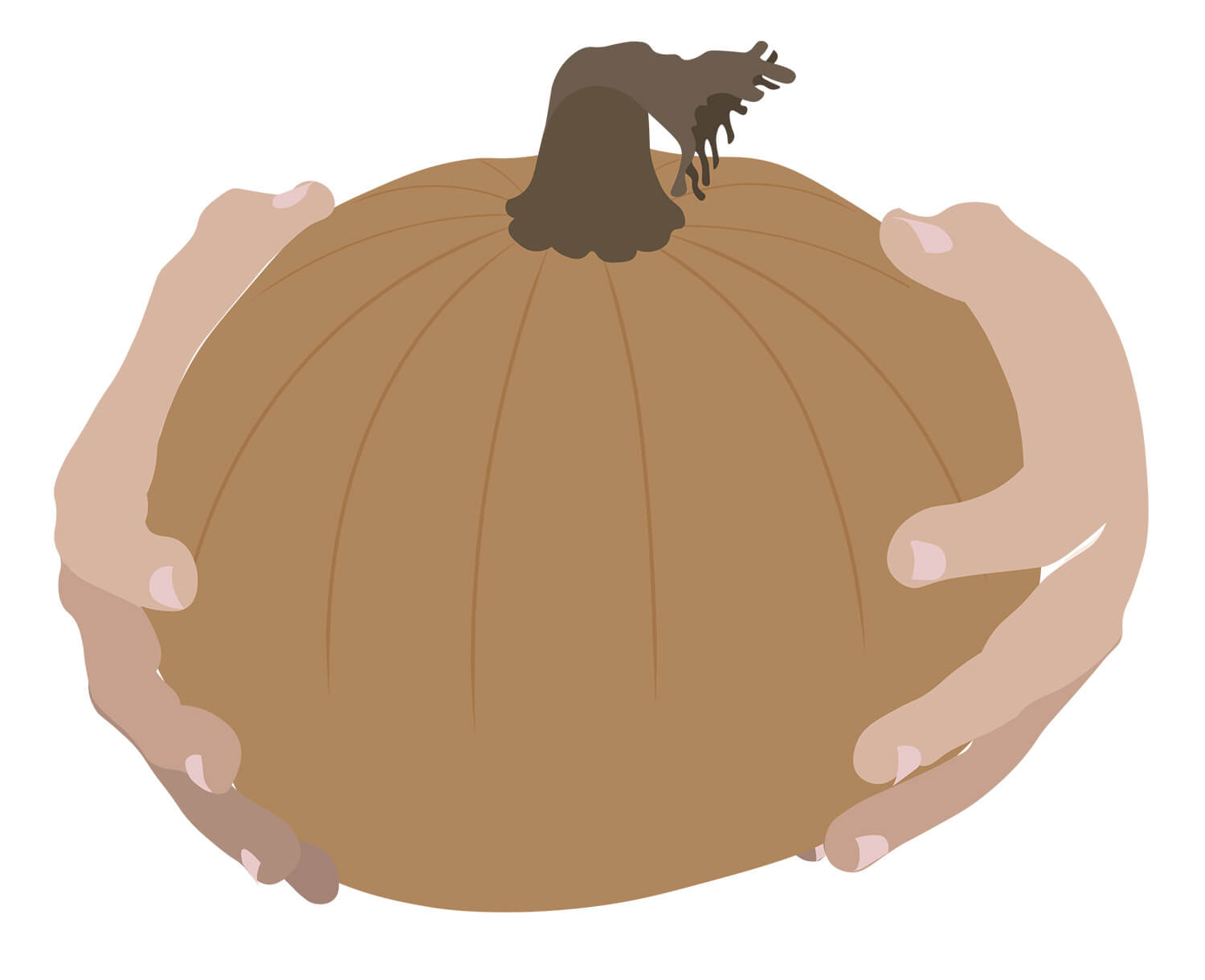
Italy
In bocca al lupo.
Into the mouth of a wolf.
